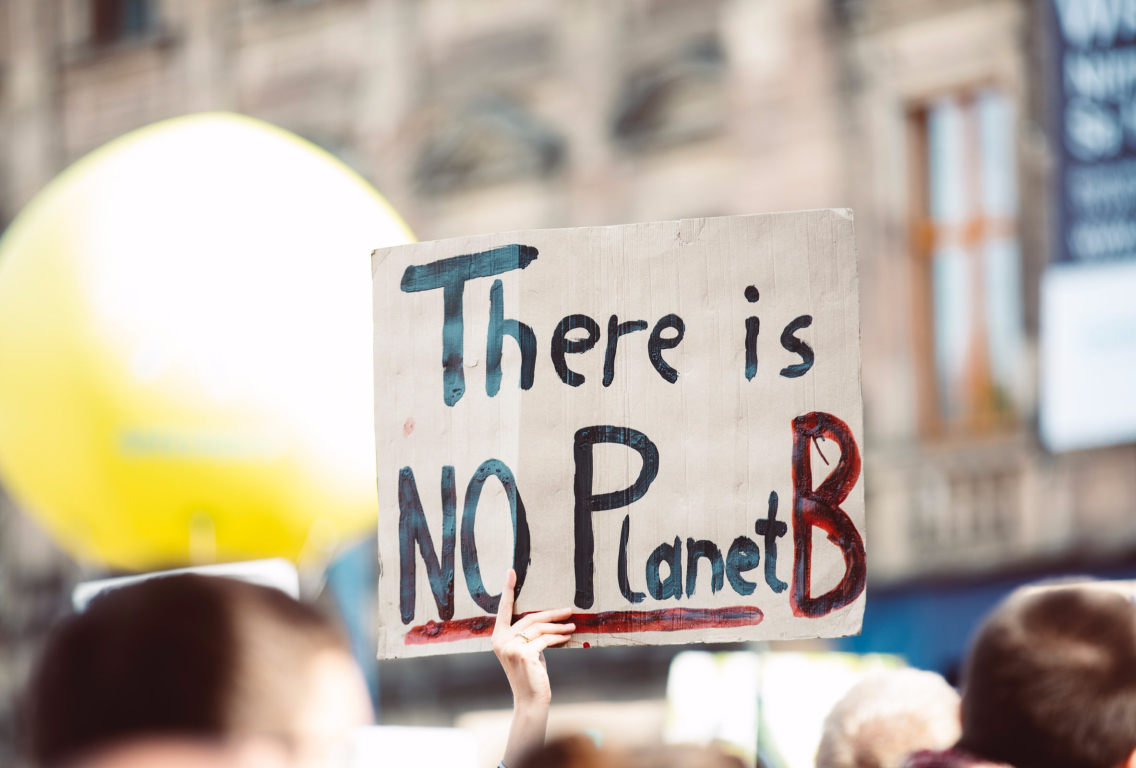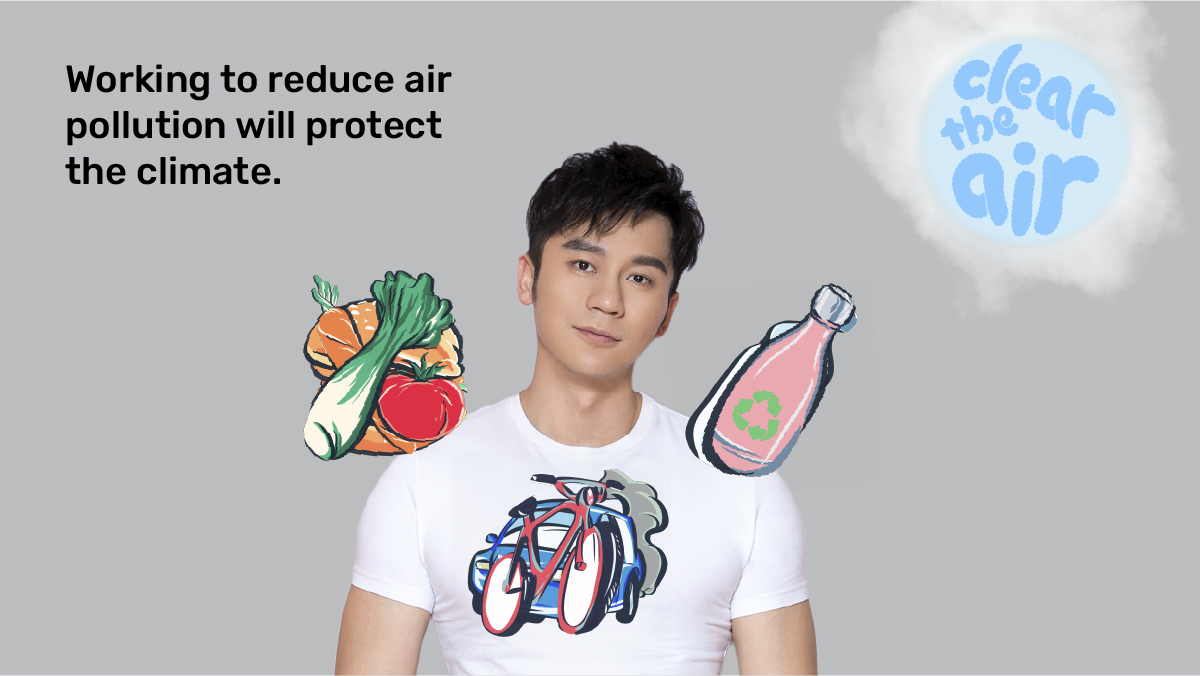Actions to #ClearTheAir
9 out of 10 people breathe polluted air.
But governments, organizations and companies are understanding the urgency to act.
Learn more about air pollution, what’s being done and ways in which you can be part of the movement.
Click over common household objects in your home to learn more about how individuals, families and communities can help improve air quality.
Rotate your phone to learn how you can help #ClearTheAir.
Air pollution is one of the biggest drivers of climate change and the greatest environmental risk to health. Let’s reclaim our health and planet!
In extreme situations, humans can go up to three weeks without food and about three days without water. But few can survive more than three minutes without air. And while much of our daily focus is directed towards what we eat or drink, we hardly ever think about the air we breathe. Yet it is arguably the most important element. But as it is always there and most often invisible, we take it for granted. Today, 9 out of 10 people breathe air with unsafe levels of air pollution and it has gotten the nickname of a frightening science fiction thriller - “the invisible killer”.


Invisible But Pervasive
Most air pollutants are major drivers of global and regional climate change, and air pollution is now the greatest environmental risk to health. It is the cause of 11.6 per cent of all global deaths, claiming 7 million lives each year – that is more than the number of people killed by HIV/AIDS, tuberculosis and road injuries combined.
The problem is that air pollution cannot always be seen by the naked eye. It doesn’t carry the face of the heavy machines cloaking the skies with a grey smog, like in 18th and 19th century Europe. But it is no less detrimental to us.
Fighting air pollution complements our quest for equality, as it disproportionately affects children, women and the most vulnerable. It is estimated that 90 per cent of the world’s young people – 1.8 billion children – are breathing toxic air. Every year, 543,000 children younger than five, die from respiratory diseases linked to air pollution. Studies have also shown that it has a negative effect on a child’s neurodevelopment and is linked to some behavioral disorders like autism and attention deficit hyperactivity disorder.
“Improving air quality is crucial for human health, the environment and for achieving global climate and sustainable development goals. There are cost-effective, technologically viable and future-oriented solutions, that can be put in place now,” says Tiy Chung, of the UN Environment Programme-hosted Climate and Clean Air Coalition Secretariat. “By working together and taking the necessary steps as individuals, communities, businesses, and governments we can ensure that air pollution is not a part of our future.”
A global momentum against air pollution
But there is hope! Governments as well as public and private sector organizations have understood the urgency to act.
The 2019 World Environment Day in China gave the fight against air pollution a global platform through the #BeatAirPollution campaign. Furthermore, there’s been recognition by the Intergovernmental Panel on Climate Change that deep reductions in emissions of methane and black carbon are required to limit global warming to 1.5 degrees Celsius. The World Health Organization (WHO) hosted the first global summit on air pollution and health in 2018. The WHO, UNEP, the World Bank and the Climate and Clean Air Coalition are also working with cities to find solutions to air pollution through the global BreatheLife campaign.
A landmark action against air pollution took place in 2019, when the Republic of Korea proposed and negotiated a resolution in the UN General Assembly to hold an annual International Day of Clean Air for blue skies, the first of which will be observed this year on 7th September. #WorldCleanAirDay aims to raise awareness at all levels—individual, community, corporate and government—about the importance of clean air for health, productivity, the economy and the environment, and highlight the solutions that can improve air quality and provide #CleanAirForAll. This day provides a platform for strengthening global solidarity and political momentum for action against air pollution and climate change, including increased international cooperation on the collection of air quality data, carrying out joint research, developing new technologies and sharing best practices.
Together with governments and organizations around the world we all can make a change and join this momentum.

How can you Clear the Air?
Join the Social Challenge on Instagram using this filter
Use the filters, spin around and make a social pledge to mobilise individual action to #ClearTheAir.
Post the image or video to your social media account, stating what actions you’ll be taking to help #ClearTheAir.
Ensure to use the hashtags #ClearTheAir & #WorldCleanAirDay, & tag @UNEP. Tag & challenge your family, friends and networks to do the same.
By posting a photo or video, you're helping to raise awareness about the serious threat of air pollution, which is not always visible to the naked eye.